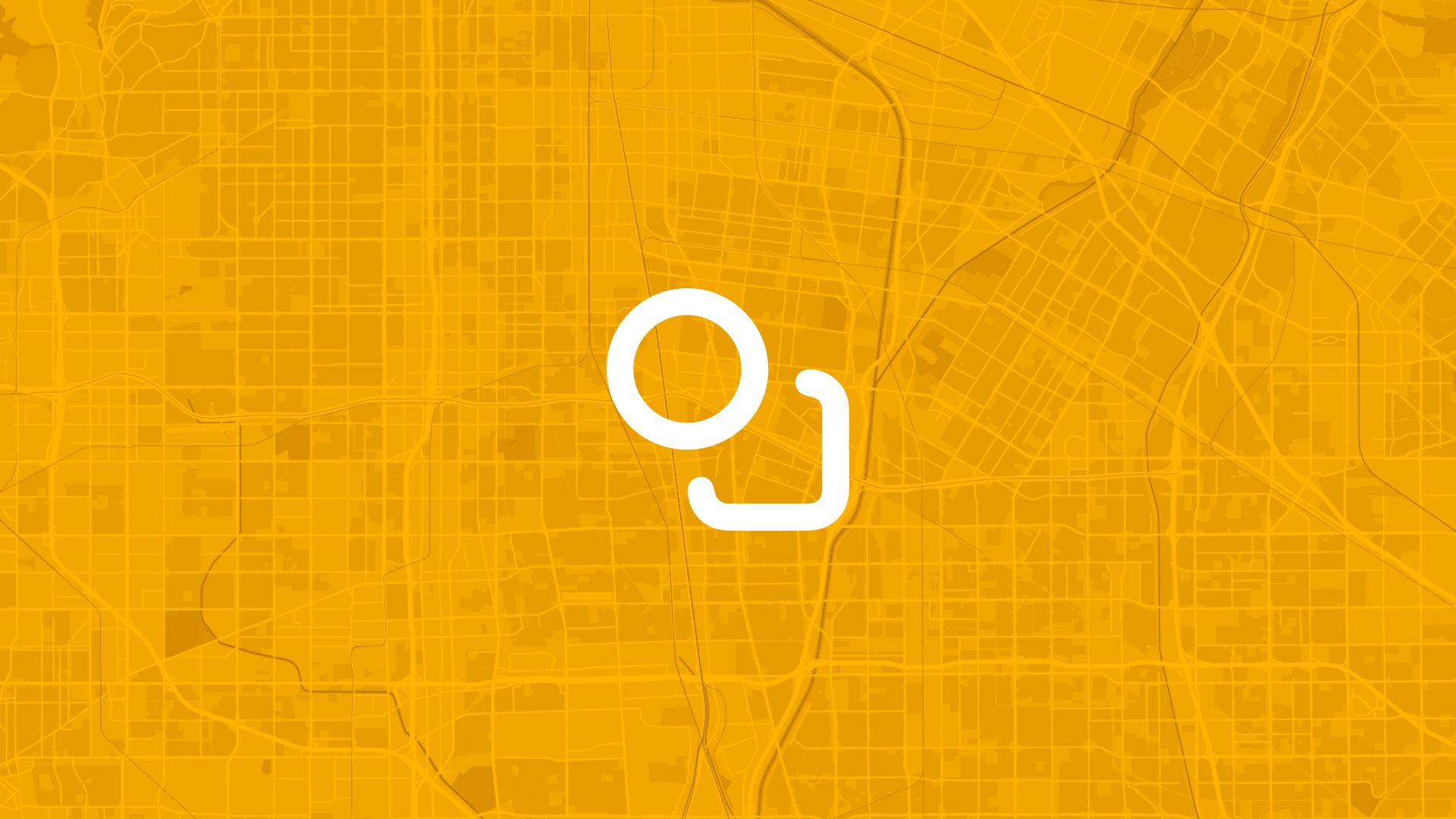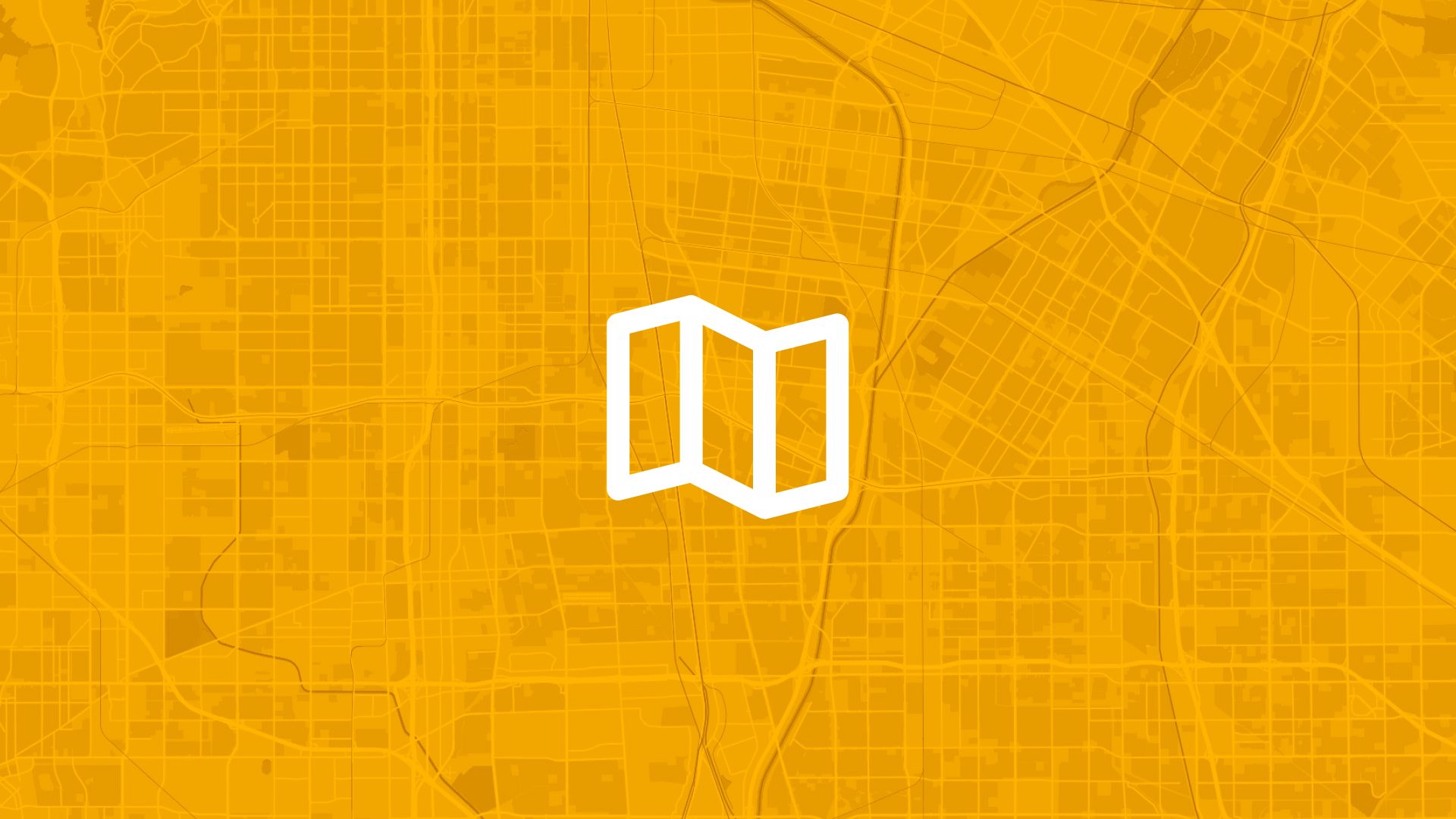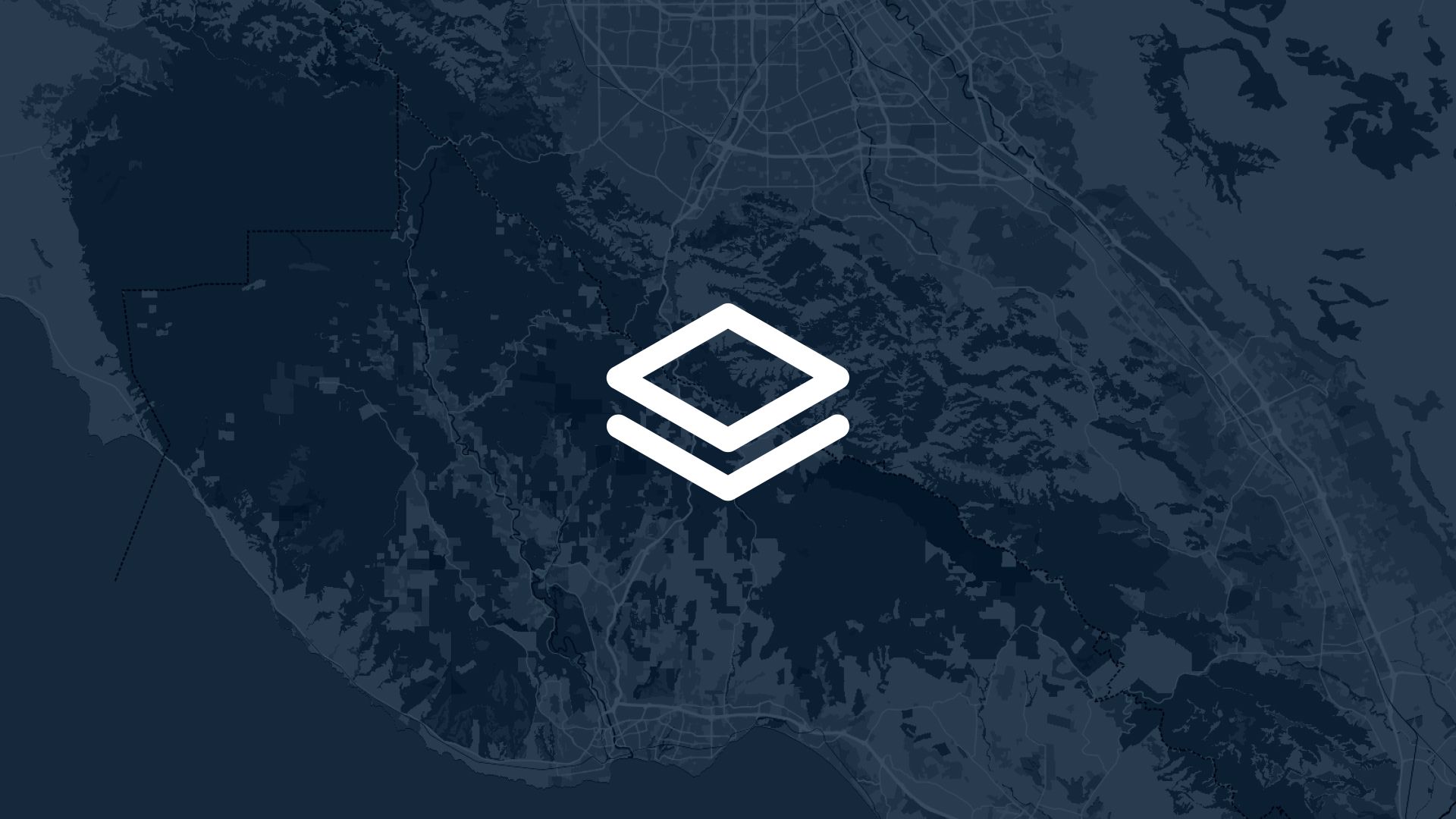The most effective environmental monitoring starts with real-time geographic visualization of sensor data that shows exactly where environmental conditions are changing, what patterns are emerging, and how ecosystems are responding to natural and human influences.
If your environmental monitoring relies only on periodic reports, individual sensor readings, or departmental summaries that lack spatial context and real-time integration, you're missing the comprehensive environmental intelligence that comes from seeing all sensor data together on live maps. That's why experienced environmental managers ask: can we map environmental sensor data in real time to understand ecosystem conditions, coordinate response efforts, and make evidence-based environmental decisions?
With Atlas, you can create live environmental sensor maps that combine real-time data streams with geographic analysis and environmental response coordination for comprehensive ecosystem management. No scattered sensor data, no uncertainty about environmental conditions, no barriers to understanding spatial environmental patterns. Everything starts with real-time geographic visualization and meaningful environmental intelligence.
Here's how to set it up step by step.
Why Real-Time Environmental Sensor Mapping Matters for Ecosystem Management
Creating live environmental sensor visualization enables better ecosystem understanding and more effective environmental response coordination.
So real-time environmental sensor mapping isn't just convenient data visualization—it's essential environmental management that creates better ecosystem outcomes through live monitoring and coordinated environmental response.
Step 1: Set Up Comprehensive Environmental Sensor Networks for Real-Time Mapping
Atlas makes it easy to create detailed environmental monitoring with live sensor data integration:
- Upload sensor location mapping showing air quality monitors, water quality sensors, weather stations, and ecosystem monitoring equipment with precise geographic coordinates
- Add sensor type and capability information including measurement parameters, data collection intervals, and sensor specifications for comprehensive monitoring coverage
- Import real-time data streams connecting live sensor feeds to geographic locations for continuous environmental monitoring and analysis
- Include environmental context factors showing watersheds, air basins, habitat areas, and other ecological boundaries that influence environmental conditions
Once configured, your environmental sensor map provides the geographic foundation for real-time ecosystem monitoring and environmental response coordination.
Step 2: Visualize Real-Time Environmental Data Across Geographic Areas
Next, create environmental visualization that shows current conditions and enables live monitoring:
You can display different environmental metrics:
- Air quality and pollution showing PM2.5, ozone, nitrogen dioxide, and other air quality indicators with color-coded mapping that makes pollution levels immediately clear
- Water quality and conditions displaying temperature, pH, dissolved oxygen, turbidity, and contamination levels across water bodies and monitoring locations
- Weather and climate data mapping temperature, precipitation, humidity, wind, and other meteorological conditions that affect environmental health
- Soil and habitat monitoring showing soil moisture, temperature, nutrient levels, and habitat conditions across terrestrial monitoring networks
- Noise and acoustic environment tracking sound levels, noise pollution, and acoustic conditions that affect wildlife and human communities
- Radiation and hazardous materials monitoring radiation levels, chemical concentrations, and hazardous substance detection across environmental monitoring networks
Each visualization provides real-time intelligence that enables responsive environmental management and ecosystem protection.
Step 3: Create Environmental Alert Systems and Response Coordination
To support rapid environmental response and public health protection:
- Design automated alert systems identifying when sensor readings exceed safe levels or indicate environmental emergencies requiring immediate attention
- Set up threshold monitoring tracking when environmental conditions approach concerning levels and enabling proactive environmental management
- Add multi-parameter analysis combining data from different sensor types to understand complex environmental interactions and ecosystem health
- Include trend detection identifying patterns in environmental data that suggest emerging problems or improvement opportunities
- Configure response protocols automatically notifying environmental managers, regulatory agencies, and emergency responders when critical thresholds are exceeded
Environmental monitoring becomes proactive and enables coordinated response to environmental challenges and public health threats.
Step 4: Enable Public Access and Community Environmental Engagement
To support community environmental awareness and civic engagement in ecosystem protection:
- Create public environmental dashboards providing citizens with accessible, real-time information about air quality, water conditions, and environmental health
- Set up community alert systems notifying residents when environmental conditions affect outdoor activities, health considerations, or community safety
- Add educational features helping citizens understand environmental data, health implications, and actions they can take to protect environmental quality
- Include citizen reporting enabling community members to report environmental concerns and contribute observations to environmental monitoring efforts
- Configure mobile access ensuring citizens can access environmental information from any device and stay informed about local environmental conditions
Environmental communication becomes transparent and accessible, enabling informed community participation in ecosystem protection.
Step 5: Analyze Environmental Patterns and Coordinate Management Response
To use real-time sensor data for environmental management and policy development:
- Generate environmental trend reports showing how air quality, water conditions, and ecosystem health change over time and across different locations
- Create pollution source analysis identifying emission sources, contamination patterns, and environmental impacts that need management attention
- Set up compliance monitoring tracking whether environmental conditions meet regulatory standards and identifying areas needing intervention
- Design ecosystem health assessment using multiple sensor parameters to evaluate overall environmental conditions and conservation effectiveness
- Configure predictive modeling using current environmental data to forecast future conditions and plan preventive environmental management
Also read: Track Project Progress on a Live Web Map
Step 6: Integrate Environmental Sensor Data with Policy and Conservation Operations
Now that real-time environmental monitoring and analysis are established:
- Export environmental intelligence for integration with regulatory reporting, environmental impact assessment, and policy development processes
- Create conservation planning support showing how environmental data informs habitat protection, restoration projects, and ecosystem management strategies
- Set up regulatory compliance using sensor data to demonstrate environmental performance and support permit compliance and regulatory reporting
- Design public health coordination providing health departments with environmental data needed for public health advisories and community protection
- Generate research collaboration enabling scientists and researchers to access comprehensive environmental data for ecosystem studies and climate research
Your real-time environmental sensor mapping becomes part of comprehensive ecosystem management and environmental policy that protects natural resources through evidence-based decision-making.
Use Cases
Mapping environmental sensor data in real time is useful for:
- Environmental protection agencies monitoring air and water quality and coordinating response to pollution events and environmental emergencies
- Municipal environmental departments tracking local environmental conditions and providing residents with real-time information about air quality and ecosystem health
- Industrial facilities monitoring environmental impacts and demonstrating compliance with environmental regulations and permit requirements
- Research institutions studying environmental patterns and conducting ecosystem research with comprehensive, real-time environmental data
- Conservation organizations monitoring habitat conditions and tracking the effectiveness of conservation efforts and ecosystem restoration projects
It's essential for any environmental management where real-time monitoring and coordinated response improve ecosystem protection and public health outcomes.
Tips
- Calibrate sensors regularly ensuring accurate environmental data and reliable monitoring that supports effective environmental management decisions
- Set appropriate alert thresholds balancing sensitivity with practicality to avoid alert fatigue while ensuring rapid response to genuine environmental concerns
- Create data quality controls monitoring sensor performance and data accuracy to maintain reliable environmental intelligence and decision-making
- Integrate multiple data sources combining sensor data with satellite imagery, weather forecasts, and other environmental information for comprehensive analysis
- Provide context and interpretation helping users understand what environmental data means for ecosystem health, public safety, and community well-being
Mapping environmental sensor data in real time in Atlas enables comprehensive ecosystem monitoring and evidence-based environmental management.
No separate environmental monitoring software needed. Just integrate sensor data streams geographically, create real-time environmental visualization, and build the environmental intelligence that protects ecosystems and public health through coordinated environmental response.
Insight Maps and Dashboards with Atlas
When you're managing operations that span multiple locations, the challenge isn't just collecting data—it's turning that information into actionable insights that improve performance and outcomes.
Atlas gives you the tools to consolidate field information into clear operational intelligence: one dashboard for data collection, analysis, and decision-making.
Transform Field Data into Operational Intelligence
You can:
- Aggregate information from multiple locations and teams into unified dashboards
- Visualize performance patterns and identify improvement opportunities across operations
- Create automated reporting that keeps stakeholders informed and aligned
Also read: Track Equipment and Assets by Location
Build Performance Management That Scales
Atlas lets you:
- Monitor operations across multiple sites with consistent metrics and standards
- Generate reports that show performance trends, resource needs, and improvement opportunities
- Export operational data for integration with business intelligence and management systems
That means no more scattered field reports, and no more questions about whether your operations are performing consistently across locations.
Manage Better with Location Intelligence
Whether you're coordinating field teams, monitoring asset performance, or analyzing service delivery, Atlas helps you turn location-based data into operational intelligence that drives better outcomes.
It's operations management—designed for geographic insight and scalable performance.
Boost Your Operations with the Right Tools
Operations move fast, but performance management requires consistent data and clear insight. Whether you're coordinating teams, monitoring assets, analyzing service delivery, or planning improvements—location intelligence matters.
Atlas gives you both speed and insight.
In this article, we covered how to map environmental sensor data in real time, but that's just one of many things you can do with Atlas.
From field data collection to operational dashboards, performance analysis, and improvement planning, Atlas makes complex operations management accessible and actionable. All from your browser. No operations expertise needed.
So whether you're managing field teams, monitoring infrastructure, or coordinating service delivery, Atlas helps you move from "collecting data" to "driving performance" faster.
Sign up for free or book a walkthrough today.





